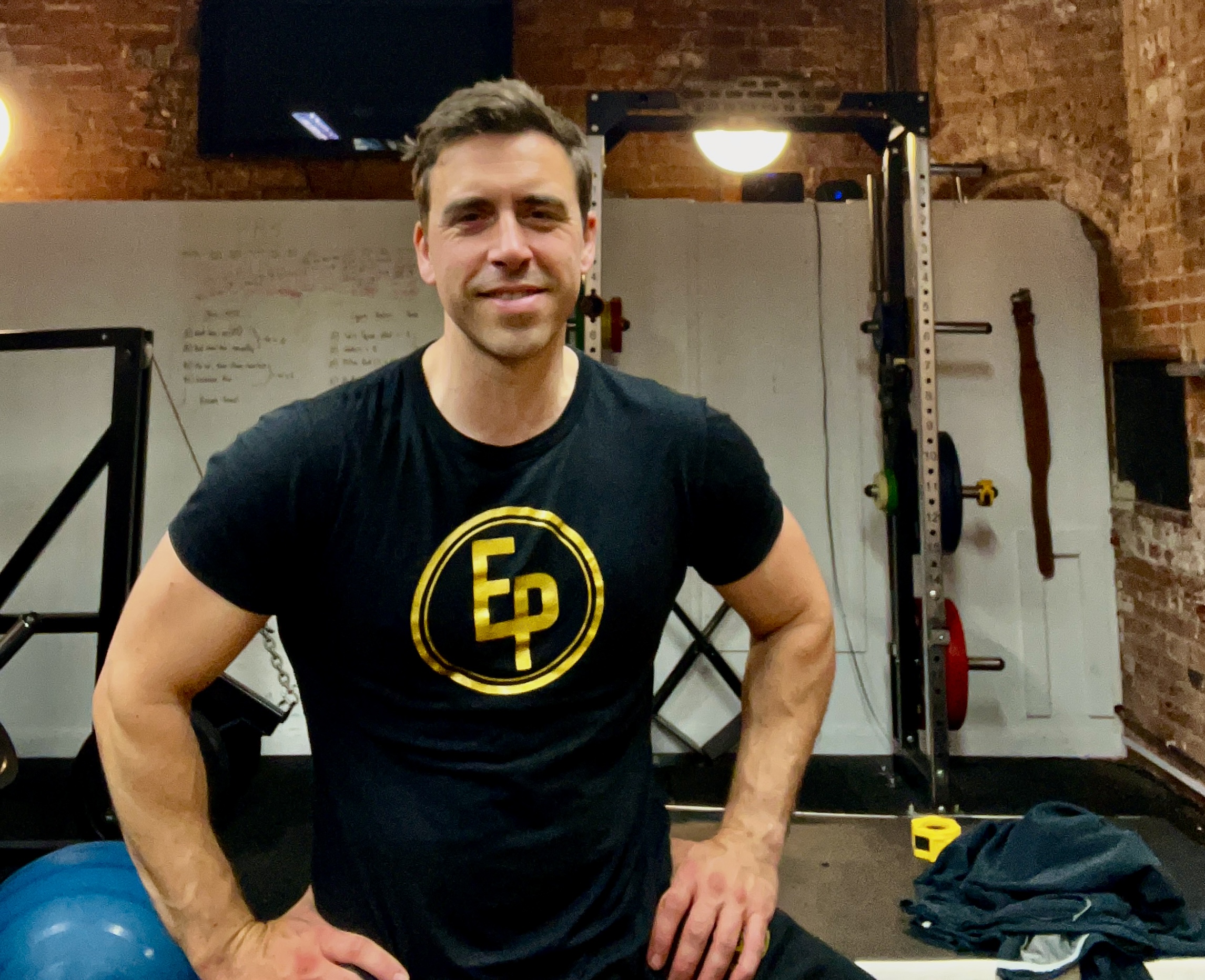Gap Analysis (DIY)
Following on from the last article (A problem well defined is a problem half solved). Once the goal state has been very clearly defined, its time to analyse the gap between where you are right now and that very state.
A clearly defined goal without a plan, is after all little more than a wish.
The very same principle of bringing into specificity that which is stuck in vagueness, applies to the gap analysis just as much as it does the initial goal setting. Interrogating the gap, questioning assumptions and clearly defining gaps, obstacles and actions is an absolute must.
Let’s illustrate by continuing the low stakes example we used previously, the learning to cook dream.
To recap; the goal (made specific) was: “I’d like to be able to cook a delicious three course meal for my family of four, from scratch, without any pre made components. I want them to finish the meal and honestly say it was the best home cooked meal they’ve had”.
So the question is: “Ok, if that outcome was a 10 in terms of your cooking ability, where are you now”. Note how we assign a scale that’s personal and relevant, that doesn’t invoke comparison to other people.
Let’s say the answer was 6/10. Ok great. Why isn’t that a 10? Or a, 8? What specifically needs to change to close that gap and make it a 10?
Example answers might include;
“I can’t cook very well” (vague, nearly useless)
“I don’t know how to make any dishes beyond bolognese and sausage and mash” (less vague, highlights a knowledge gap that can be addressed simply with a specific recipe).
“I don’t know very many cooking techniques and I’m intimidated by messing up the family dinner”. (Much more specific, solvable, and highlights the real reason: anxiety).
Using questions, we interrogate these answers, bring them more and more into specifics that can be addressed. Let’s say after 20 minutes of drilling down we reach a really clear image of the gap, and the obstacles along the way. Hypothetically as follows.
“I don’t know very many dishes, I’m anxious about experimenting because if I mess up the family dinner ill be embarrassed, they’ll be cross, and we wont have anything to eat. I don’t know very many cooking techniques, and I’m not confident trying loads of things”. This, is a set of problems so clearly articulated, solutions begin to present themselves simply as a by product of that clarity.
From here, we can devise a plan to close this gap, and acheive the goal. Maybe not in one fell swoop. Most challenges / goals, require sustained effort over time to overcome. The main thing is that the very next, first, small steps can now be seen, and action can be taken.
With coaching clients, at this point we begin to develop an independent development plan (IDP). But if doing this DIY, the most important thing is to get into action. Good advice is to start as small as you can bare. Begin with the single most immediate next step that can be specifically defined. In our example this could be; Choose a new dish to try. Be specific, find a specific recipe you like the look of. Make it one with at most one new technique you’re unfamiliar with.
The next step is to lower the stakes to a threshold you can tolerate. Putting undue pressure on early stages of a project or goal pursuit is a sure fire way to raise the inertia to insurmountable levels and never get started.
For example you could tell your family you’re experimenting with a new dish. Explain you’re a bit anxious about it, you’re worried about their reaction if its not great and would value their support, but not to give you dishonest feedback, as this is part of you trying to master some new dishes and need honest (but kind) feedback so you can gauge progress. Buy some frozen meals you can quickly microwave in case its comes out inedible, and explain you have that back up plan. Here, you’ve lowered the stakes, mitigated the worst case, and hopefully, made it safe (in your head) to try, to experiment.
These two simple techniques, (going from vagueness to specificity, and honesty analysing the gap between your goal state and your current reality), have taken us from a vague goal, thats seems big, difficult and complex. To a specific goal, that not only seems achievable, but has a plan, with action steps ready to take. This process can propel a person from stuck, to flying in just one short session.
You can absolutely do this on your own. You can take this exact process and do it repeatedly, aimed at any goal you may have. It works.
You can of course enlist my services as a coach on bigger goals. Advantages include some accountability, more accurate articulation of the goals, and having someone experienced at asking the right questions to both drill down deeper, and avoid falling prey to your own confirmation bias. I work with a very limited number of people, you may have to join a wait list. If interested, express that interest via direct email to pete@edwardsperformance.uk

